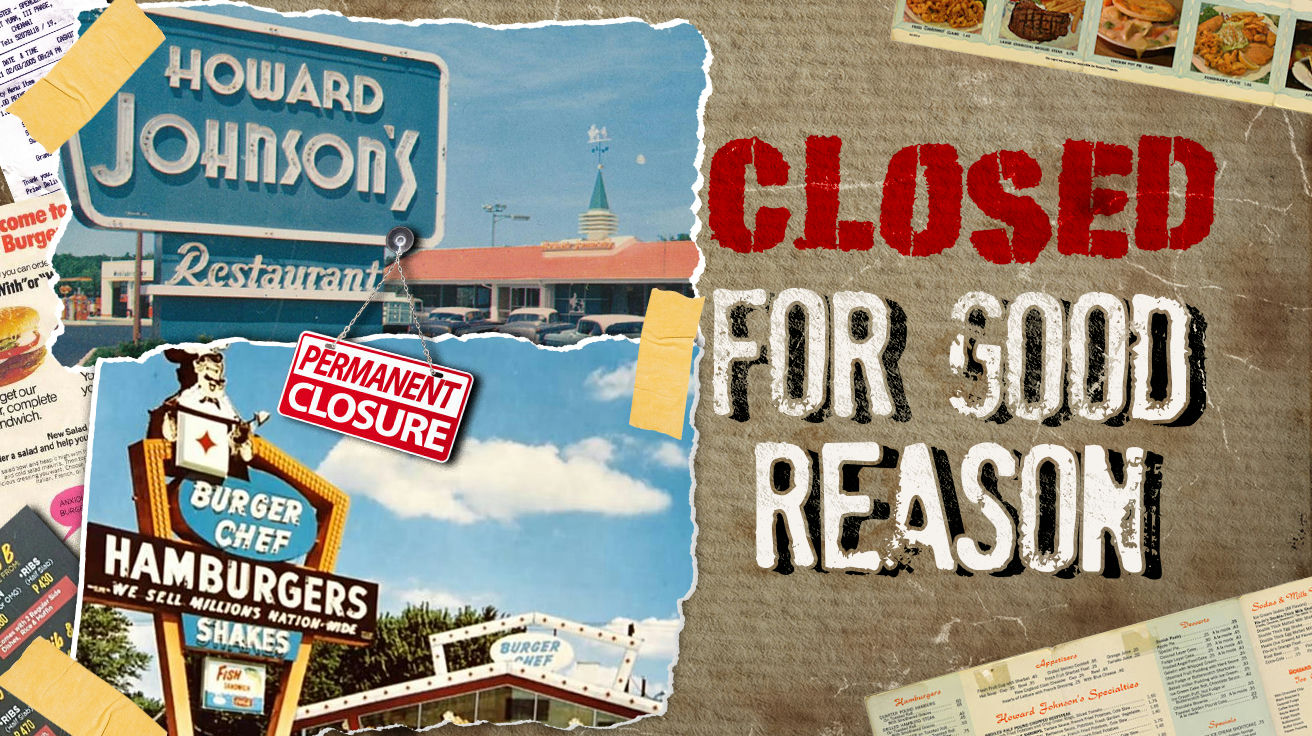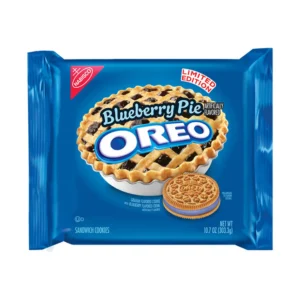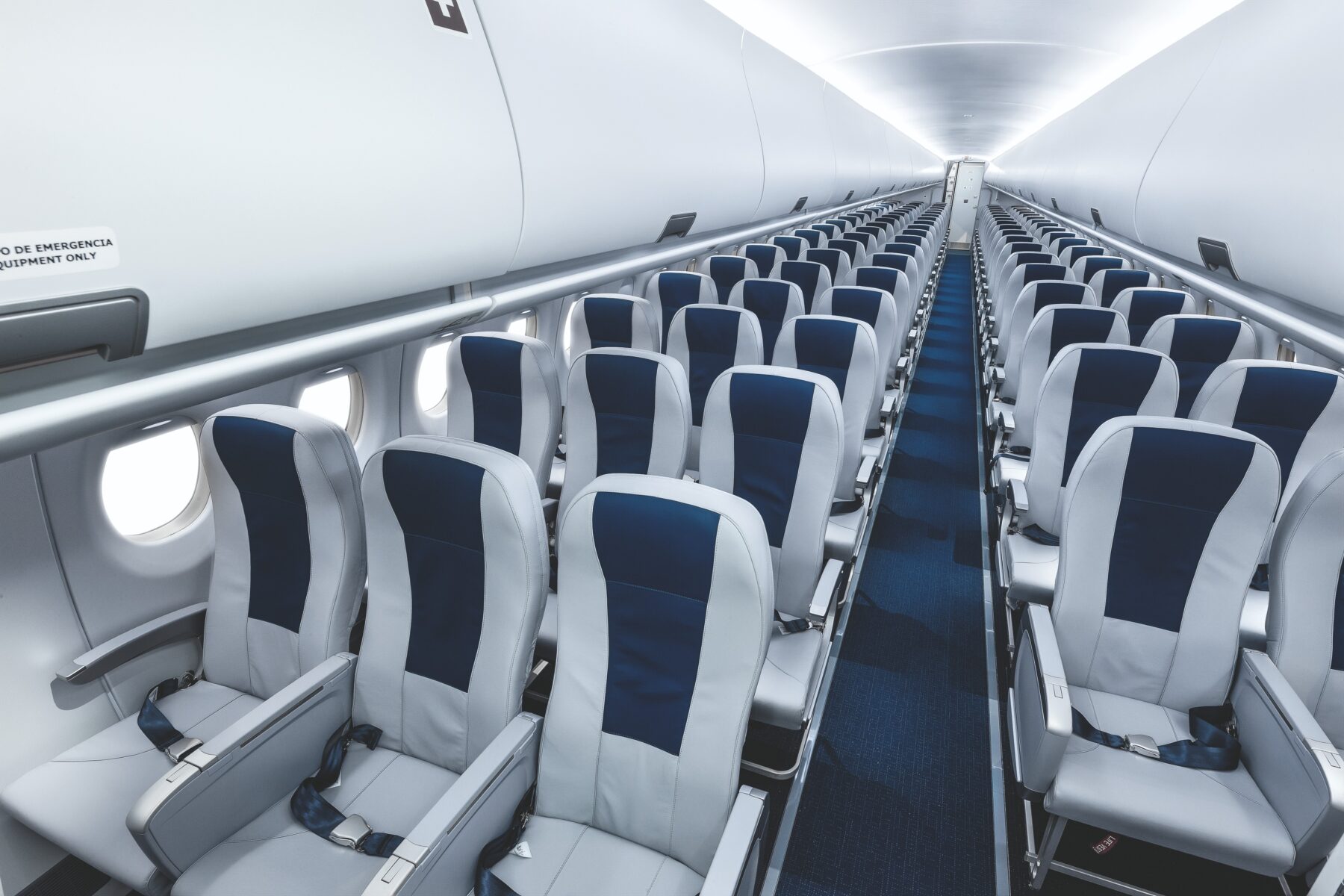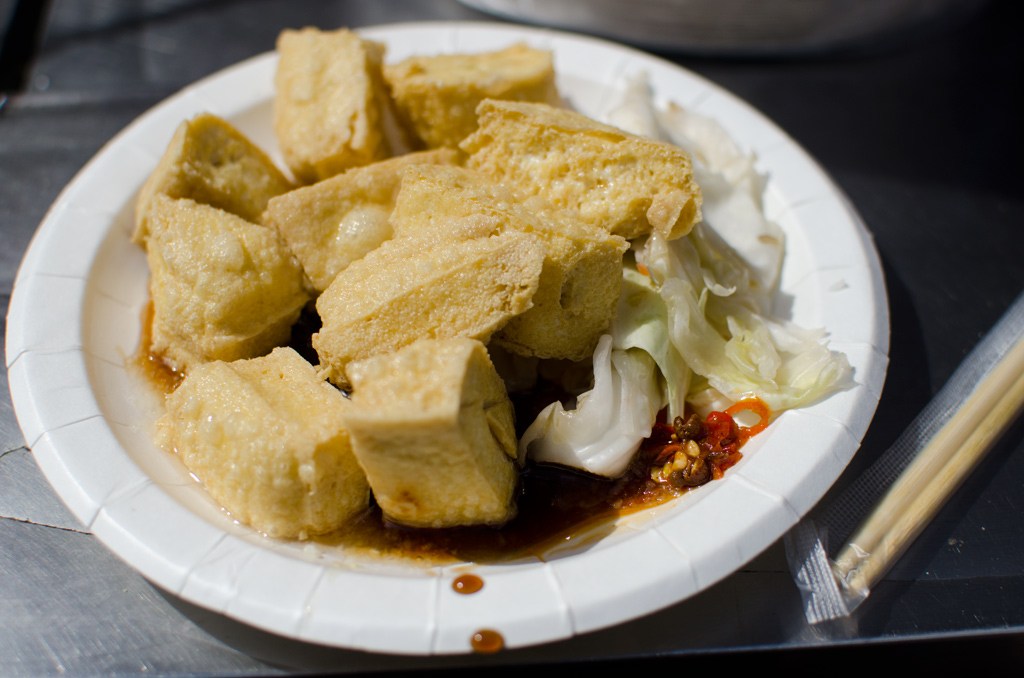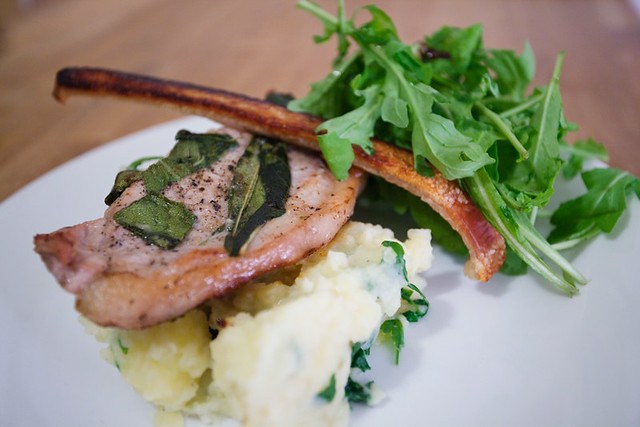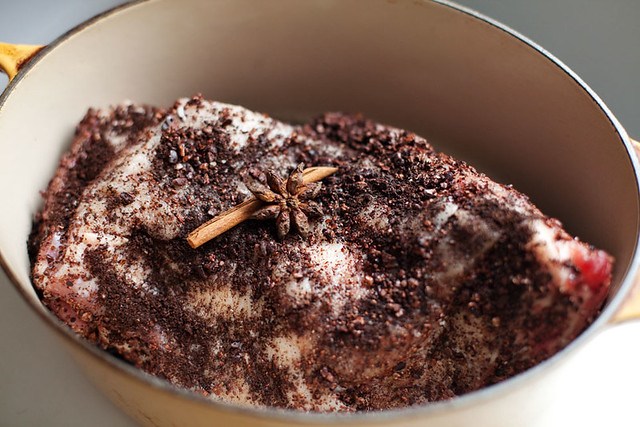Some restaurants fade like songs you can’t quite remember—haunting you with half-formed memories of vinyl booths and neon signs. These culinary graveyards hold stories of ambition that overshot reality, where the magic involved more duct tape than fairy dust. You know that bittersweet ache when you drive past an empty lot and swear you can still smell the fries? These chains once filled parking lots with families chasing affordable dreams, only to discover that sometimes the best meals come with expiration dates.
18. Brewster’s Chicken
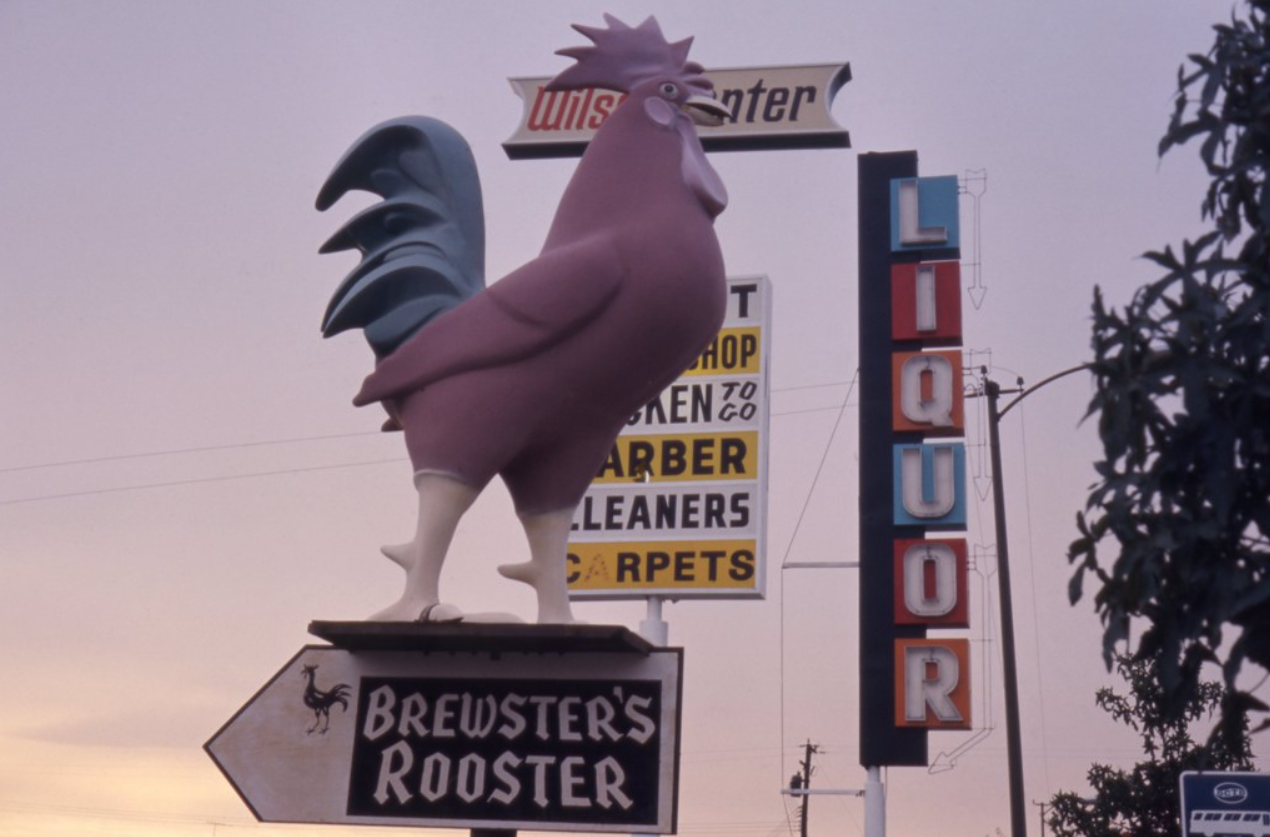
You’d think a Pizza Hut magnate would know a thing or two about feeding people. Frank Carney’s Brewster’s Chicken promised cholesterol-free goodness through special frying oil—the kind of health claim that sounds quaint now, like believing margarine was a miracle food. The chicken burgers and home-style sides drew crowds initially.
But rapid expansion became the villain in this story. Quality control crumbled faster than overcooked biscuits, leaving disappointed families staring at inconsistent meals across 200 locations. Brewster’s vanished as quickly as it appeared, proving that good marketing can’t resurrect a disappointing dinner.
17. Sambo’s

This breakfast chain that sparked national outrage simply because of its name. Sam Battistone and Newell Bohnett thought combining their first names was clever in 1957. The affordable pancakes and coffee attracted families for decades, growing to over 1,100 locations.
Then the civil rights movement amplified what many already knew—the name carried ugly baggage. Attempts to rebrand as “The Jolly Tiger” felt like putting lipstick on a questionable pig. Most locations shuttered by 1982, with the final holdout closing in 2020, ending a 63-year run that became a cautionary tale about cultural tone-deafness.
16. Arthur Treacher’s Fish And Chips
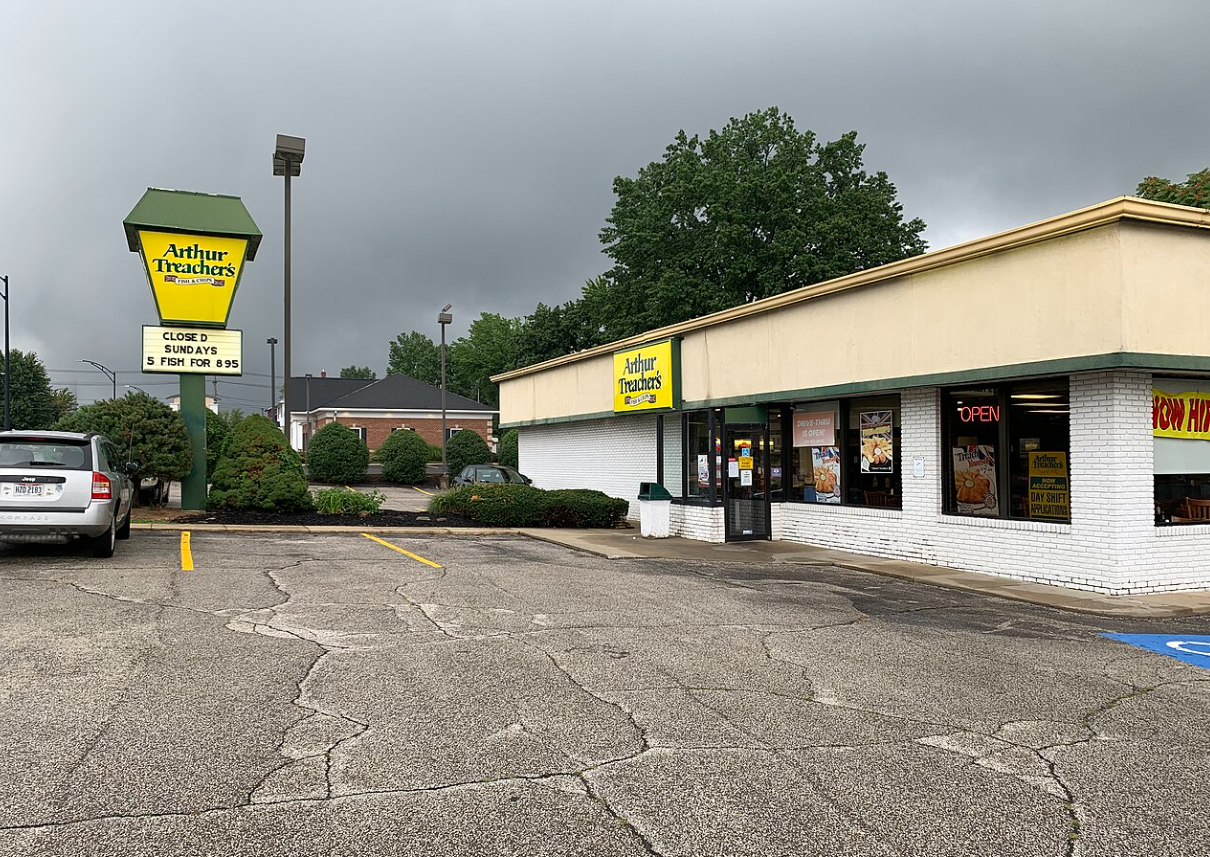
Sometimes novelty isn’t enough to sustain a revolution. Arthur Treacher’s brought British-style fish and chips to Columbus, Ohio in 1969, complete with thick-cut fries and that distinctive accent of authenticity. Dave Thomas backed this venture as an early investor, proving even Wendy’s founder could misread the room.
The chain peaked with over 800 locations before reality set in. Americans decided they preferred their fish without the pomp and circumstance. Quality declined, portions shrank, and customers drifted toward more familiar shores. Now only a handful survive, mostly co-branded with Nathan’s Famous—a shadow of its former fish-and-chips empire.
15. Sandies

Born from McDonald’s investor disillusionment in 1956, Sandies represented the road not taken in burger history. The Midwest chain operated on operator ownership, believing individual dedication would trump corporate standardization. That romantic notion crashed into harsh reality faster than you could say “special sauce.”
Cold fries and overcooked burgers became the norm when each location marched to its own drummer. Lawsuits piled up like soggy napkins, leading to a Hardee’s buyout in 1973. Sandies proved that sometimes the corporate machine exists for good reason—consistency matters when you’re hungry.
14. Chi-Chi’s
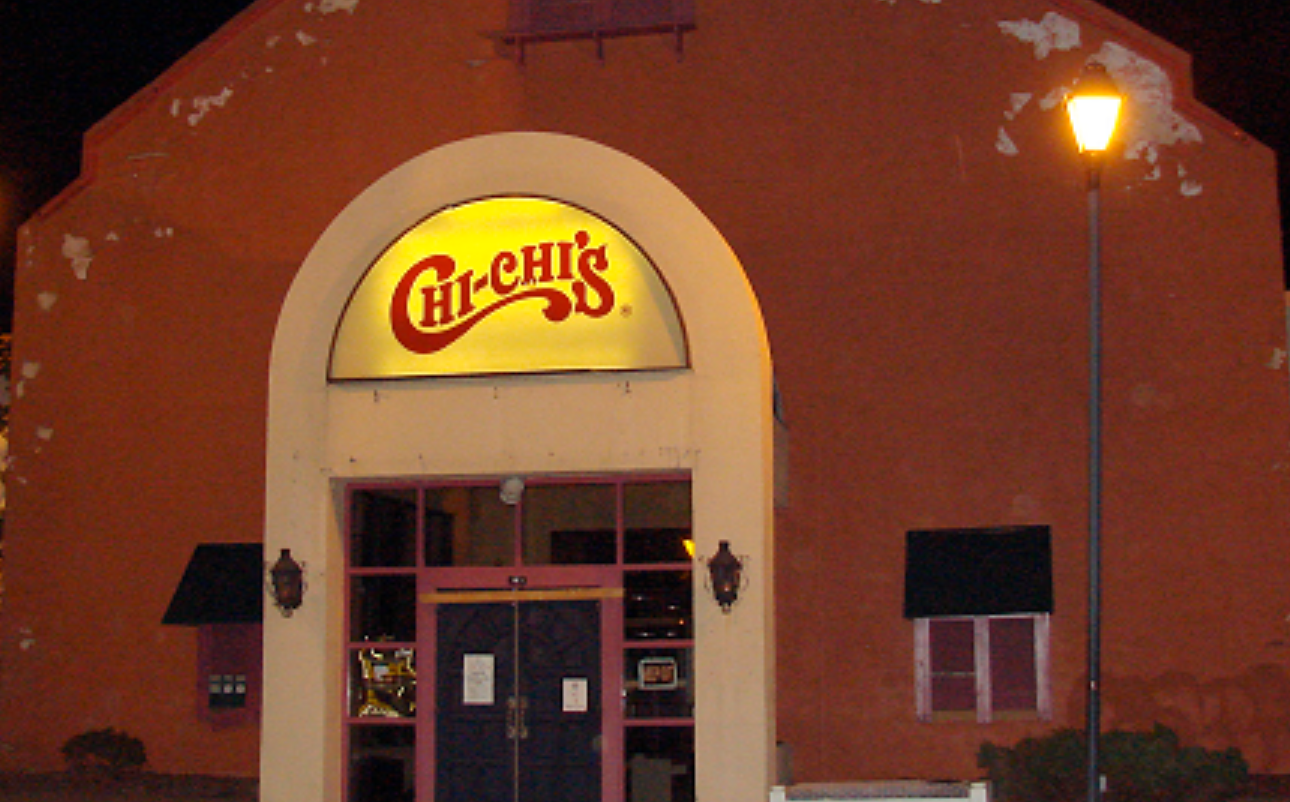
From birthday piñatas to biohazard headlines—that’s quite a trajectory for a restaurant chain. Max McGee and Marno McDermott launched Chi-Chi’s in 1975, bringing festive Tex-Mex to regions where salsa was still considered exotic. The slogan “Life always needs a little salsa” captured something genuinely joyful about dining out.
But rapid expansion prioritized growth over food safety, a decision that proved catastrophic. The 2003 hepatitis A outbreak killed four people and sickened over 600 others, destroying decades of goodwill in weeks. Chi-Chi’s closed in 2004, leaving behind memories of celebration that ended in tragedy.
to an unfortunate end.
13. Bonanza Steakhouse

Sunday dinners after church meant one thing for countless families: loading up trays at the Bonanza buffet. Dan Blocker’s steakhouse offered affordable beef in a family-friendly setting, peaking with 600 locations in the mid-1980s. The connection to television’s “Bonanza” didn’t hurt either.
The dream dried up when the menu grew stale and competition intensified. Families discovered they could get better steaks elsewhere for similar prices. Bonanza represents that specific era when buffets felt luxurious and Sunday dinner required pants with buttons—a simpler time that feels impossibly distant now.
12. Burger Queen
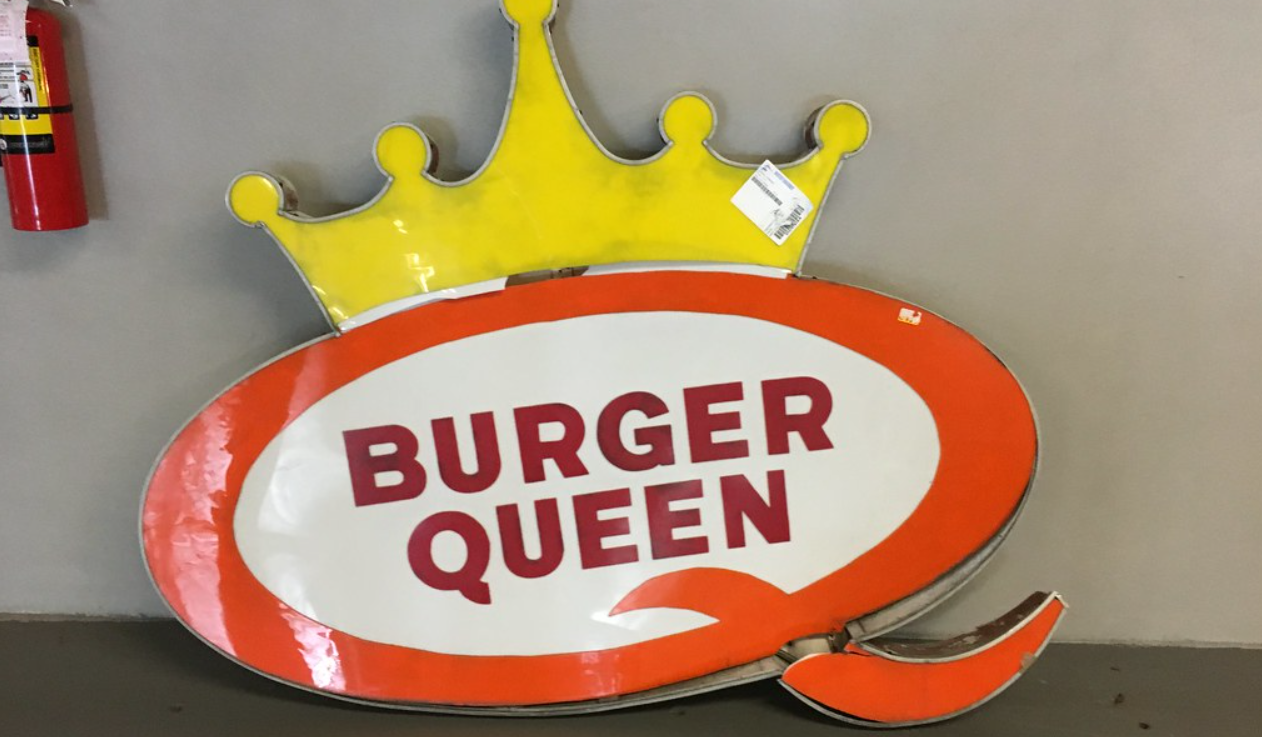
Winter Haven, Florida birthed another fast-food monarchy that never quite earned its crown. Burger Queen sold Big Scott burgers with royal aspirations but peasant execution. The chain expanded to 170 locations, even reaching China and the UAE, proving optimism knows no geographic boundaries.
Larger empires crushed this would-be royalty through superior marketing and deeper pockets. The sole survivor in Campbellsville, Kentucky, stands as a monument to dreams that couldn’t quite conquer reality. Sometimes losing the crown still earns you a footnote in history.books.
11. Howard Johnson’s
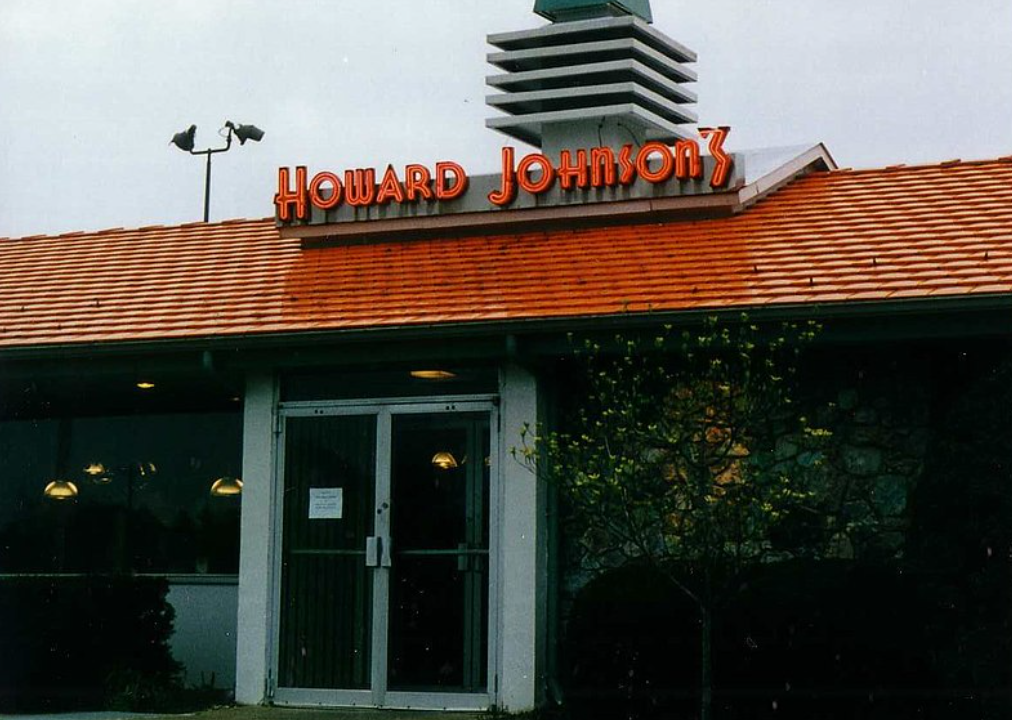
Those orange roofs once signaled salvation for weary travelers cruising I-95. Howard Daring Johnson built a roadside empire starting in 1925, growing from ice cream to over 1,000 locations. Families planned road trips around those familiar landmarks, knowing exactly what waited inside.
But familiarity bred contempt as newer chains offered flashier experiences. The menu remained frozen in amber while America’s tastes evolved. The Lake George, New York location closed in 2022, ending nearly a century of roadside hospitality. Now those orange roofs exist only in faded polaroids and interstate memories.
10. York Steakhouse
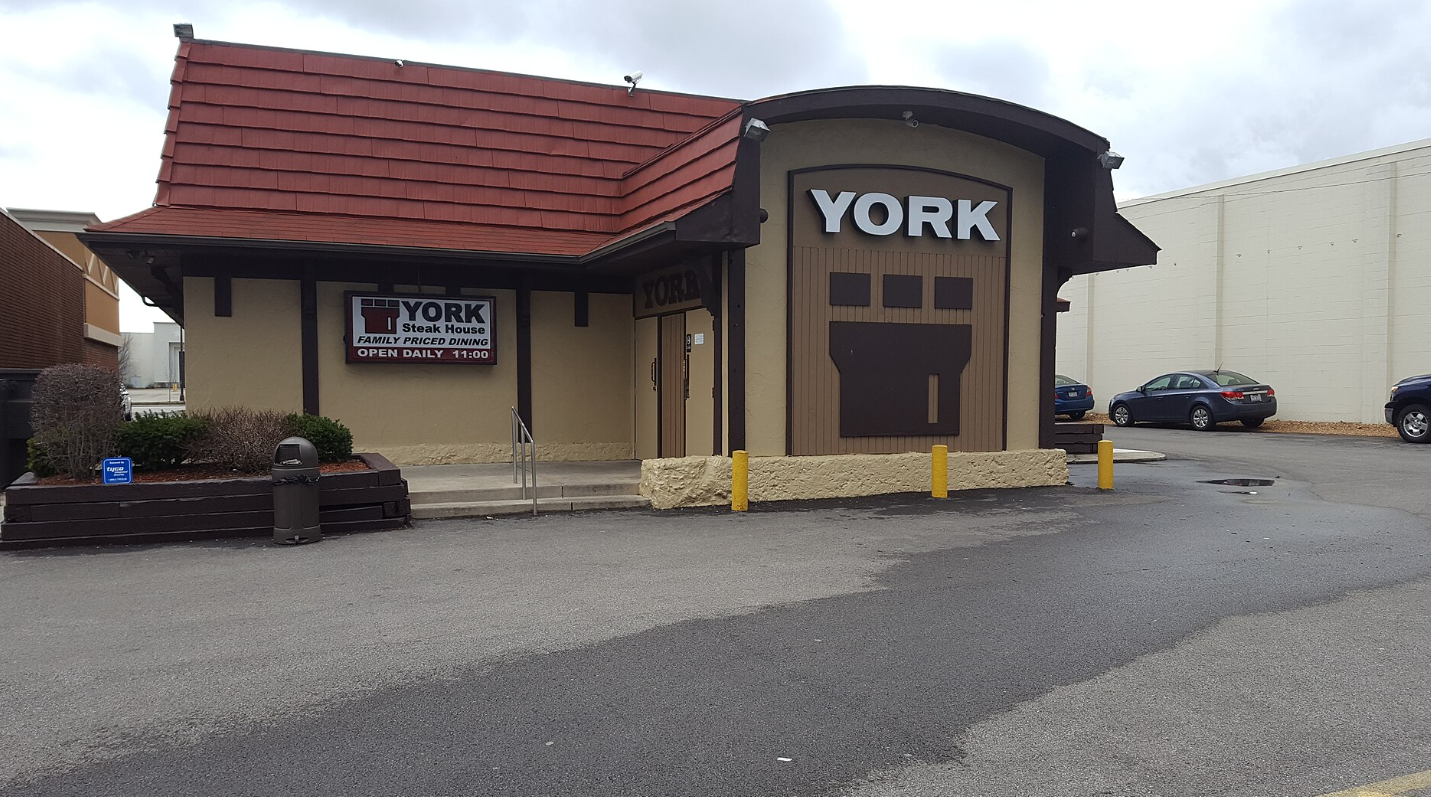
Some family jokes never die, like the time we swore York Steakhouse served shoe leather with gravy. The budget-friendly cafeteria setup attracted families who wanted steak dinner without the steak dinner prices. Eddie Grayson and Berndt Gros founded it in Columbus, Ohio in 1966, eventually catching General Mills’ attention.
Overcooked meat and indifferent service became the chain’s unintentional signature. Customers walked away faster than you could say “medium-rare,” proving that low prices can’t mask fundamental failures. York Steakhouse became a cautionary tale about promises your kitchen can’t keep.
9. Rax Roast Beef

Rax aimed for roast beef glory but face-planted spectacularly instead. Born in Springfield, Ohio in 1967, the chain spread to over 500 locations across 38 states and Guatemala. The menu bloated with salad bars and pizza, losing focus faster than a tourist with a new camera.
The Mr. Delicious ad campaign failed to resonate with anyone who possessed functioning taste buds. Bankruptcy arrived in 1992, teaching everyone that forgetting your core identity leads to existential restaurant crisis. Rax serves as a masterclass in how not to expand a successful concept.
8. Victoria Station

Dining inside converted train cars felt like the height of American ingenuity in 1969 San Francisco. Victoria Station designed restaurants to resemble rail depots, complete with caboose dining booths that made every meal feel like an adventure. Prime rib and Shrimp Victoria drew crowds seeking novelty.
The concept peaked at 100 locations before runaway growth derailed the operation. Price increases and quality drops turned romantic dinners into expensive disappointments. Victoria Station proved that even beautiful, ambitious ideas can’t survive poor execution—sometimes the journey matters more than the destination.
7. Steak And Ale
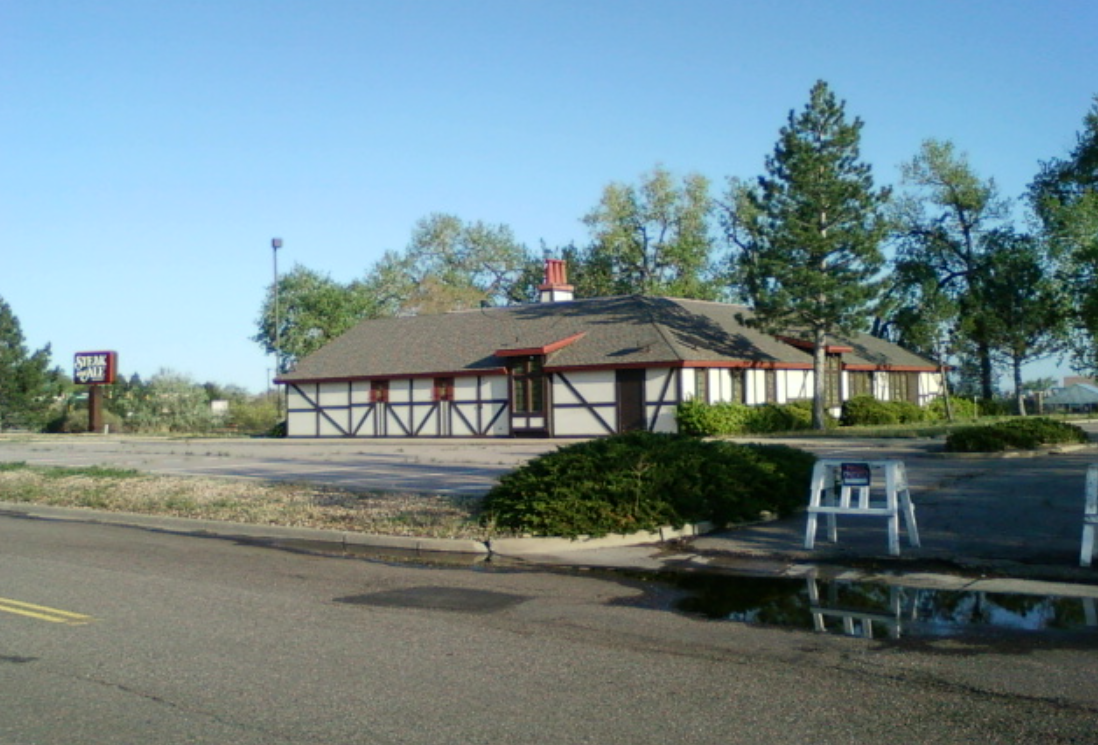
Dark wood panels and soft lighting created the perfect backdrop for special occasions. Norman Brinker‘s 1966 creation offered upscale steakhouse ambiance at middle-class prices, filling a gap nobody knew existed. Ribeye steaks and all-you-can-eat salad bars made date nights feel achievable for regular folks.
Multiple ownership changes diluted the magic, turning intimate dining into corporate blandness. Most locations vanished by 2008, leaving behind memories of anniversaries and first dates. The 2024 revival attempts to recapture lightning in a bottle—sometimes nostalgia tastes better than reality.
6. Gobbler Supper Club

Eating Thanksgiving dinner inside a lava lamp sounds absurd until you experienced the Gobbler Supper Club. This Wisconsin highway attraction opened in 1967, featuring swirling carpets and spinning dining areas that defied conventional restaurant logic. Turkey and prime rib anchored a menu that felt secondary to the psychedelic atmosphere.
The design turned heads but couldn’t win hearts or stomachs. By the early 1990s, empty dining rooms proved that novelty alone can’t sustain a business. The Gobbler closed in 1992, leaving behind one of the strangest chapters in American dining history.
5. GD Ritzy’s
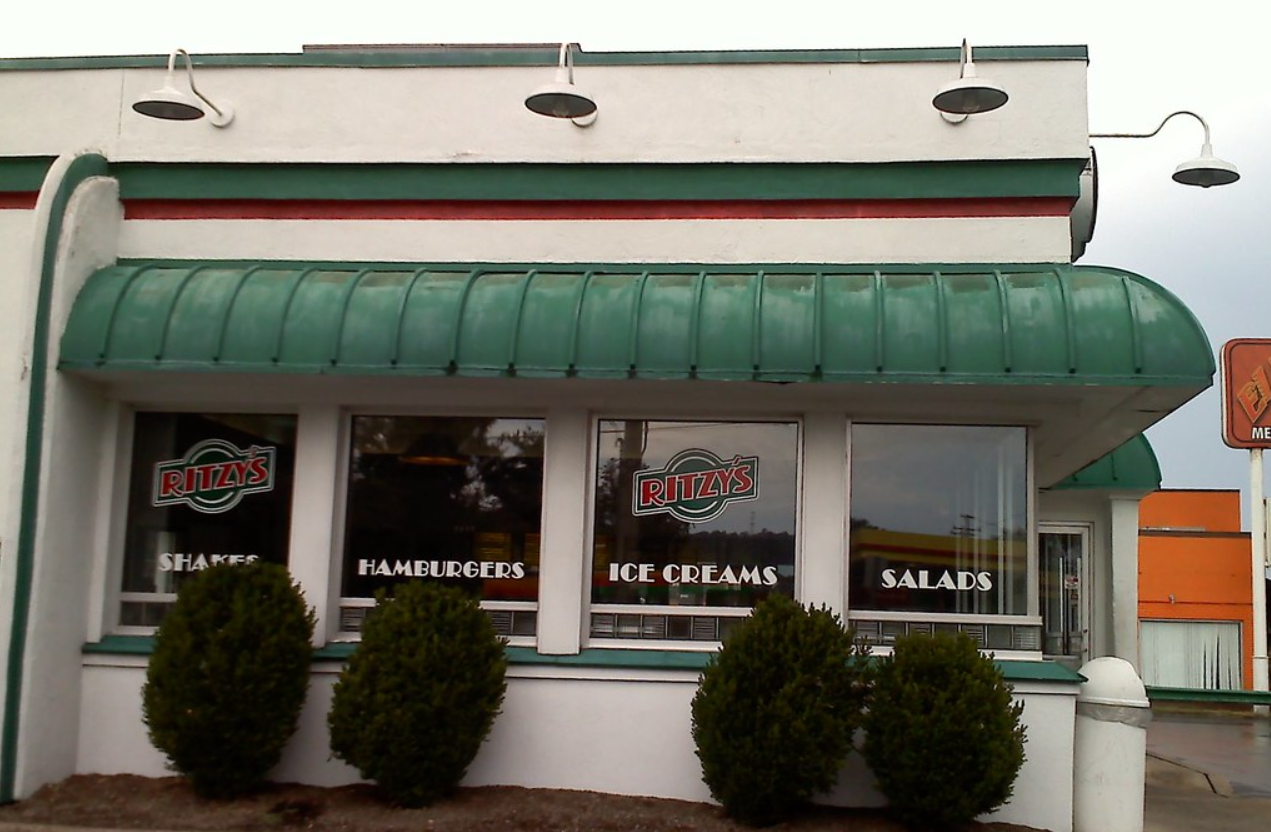
Columbus, Ohio birthed another diner dream in 1981, channeling 1950s nostalgia through bold colors and chrome trim. GD Ritzy’s served chili seven different ways until none of them tasted right anymore. The soda fountain appeal attracted families seeking simpler times when milkshakes solved most problems.
Food quality couldn’t match the aesthetic ambitions, leading to bankruptcy in 1989. A 2018 revival attempted to recapture the magic on a smaller scale. For those who remember, it remains a time capsule of Reagan-era optimism—when everything old felt new again.
4. Minnie Pearl’s Chicken

Celebrity endorsements in fast food seemed revolutionary until execution proved otherwise. Minnie Pearl’s Chicken launched in 1966, riding the fried chicken craze with country music charm. Over 100 franchises sprouted quickly, but quality control became an afterthought.
Some customers fondly recall the quirky charm, while others remember wondering if the chicken was actually cooked. The chain disappeared as quickly as it appeared, proving that famous names can’t season poorly prepared food. Minnie Pearl’s remains a charming experiment in celebrity restaurant ventures.
3. Beef Steak Charlie’s
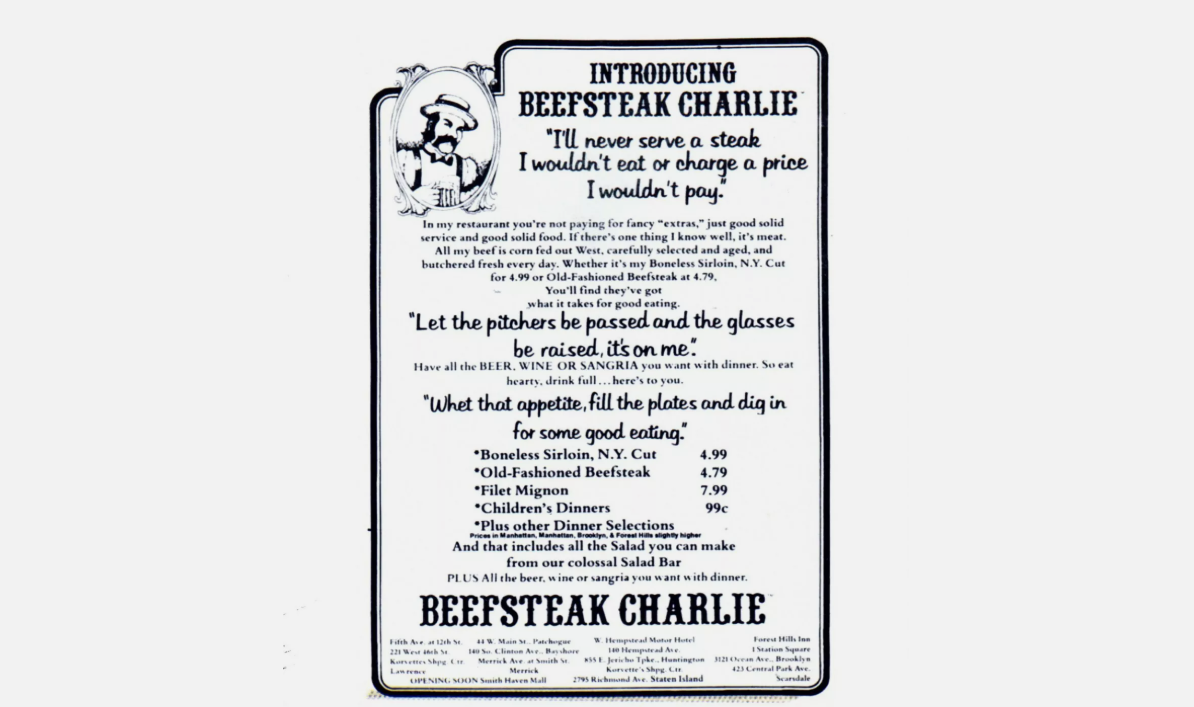
“I’ll feed you like there’s no tomorrow” promised more than any restaurant could deliver. Larry Ellman transformed a 1910 Manhattan sports bar into a 1976 franchise phenomenon featuring endless beer, wine, and sangria alongside all-you-can-eat salad bars. The concept attracted value-seeking diners who appreciated abundance.
Unlimited alcohol and food proved unsustainable, shocking exactly no one in hindsight. Bankruptcy arrived in 1987, with the last location closing in the mid-2000s. Beefsteak Charlie’s represented peak 1970s excess—when more was always better, until it wasn’t.
2. Sizzler
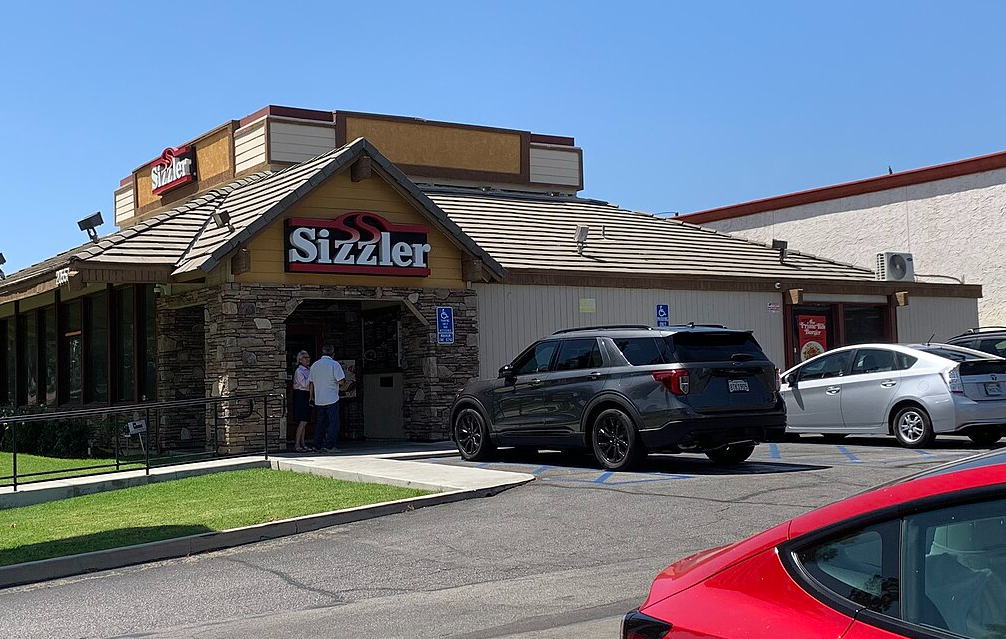
Dell and Helen Johnson‘s 1958 steakhouse concept seemed bulletproof until that innocent salad bar arrived. Sizzler grew steadily, offering affordable steaks in family-friendly settings across America. The addition of an all-you-can-eat salad bar felt like genius—until it nearly destroyed everything.
Chapter 11 bankruptcy in 1996 forced over 130 closures, proving that sometimes innovation backfires spectacularly. Many remember Sizzler fondly despite its struggles, viewing it as a cautionary yet nostalgic tale of ambition meeting harsh reality. The few remaining locations serve as monuments to dreams that couldn’t quite deliver on their promises.
1. Burger Chef
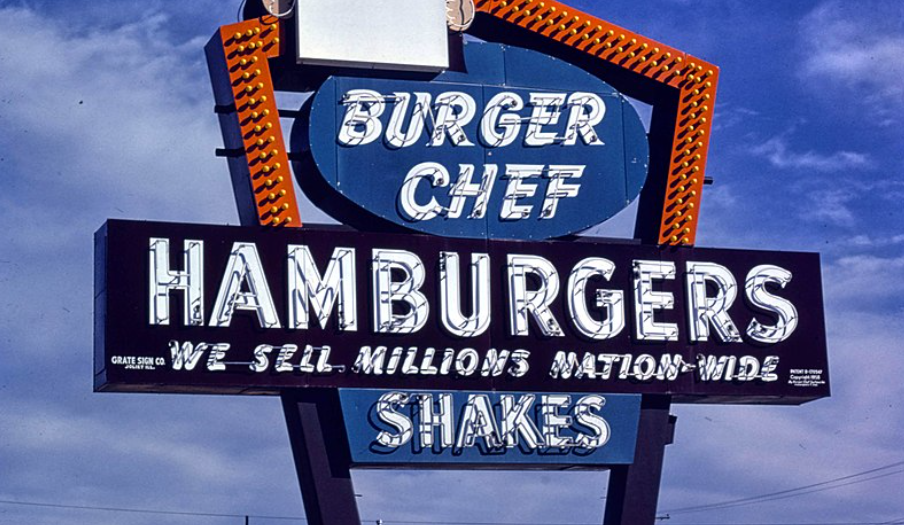
Frank and Donald Thomas cooked up revolution with Burger Chef, introducing America’s first combo meal in the 1950s. The Triple Threat—burger, fries, and drink for 45 cents—had diners giddy with possibility. By 1973, over 1,000 locations proved this Indianapolis innovation had legs.
But McDonald’s copied their ideas faster than you could unwrap a Big Chef. Unable to maintain differentiation against larger competitors, Burger Chef faded into history by 1996. Their innovations live on in every combo meal ordered today—sometimes being first isn’t enough to survive.


